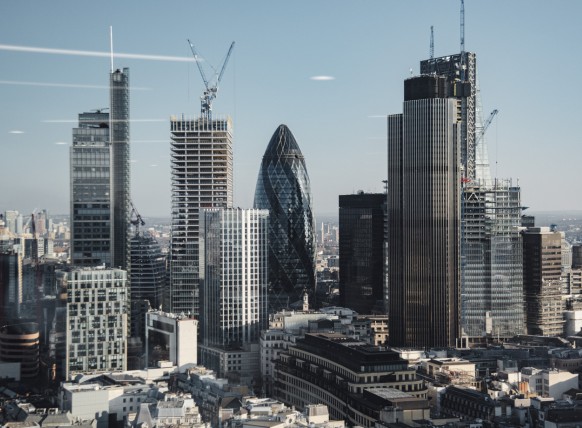The green office revolution: How cities (& The City) tackle net zero
Developers are racing to bring their offices “up to scratch” at a record pace, new data shows, as businesses demand greener, cleaner workspaces.


E.ON
08/12/23




Making London a greener place for businesses
What more can we do to make cities greener?


The future of London’s corporate development
Read our other blogs


08 August 2023
Blog post
Transforming office spaces with cleaner, greener energy
From large corporations to small enterprises, office spaces are emerging as a crucial focal point in the quest for sustainable solutions.


17 October 2022
Blog post
Taking it to the streets
Our buildings, towns and cities contribute significantly to climate change and to reach net zero by 2050, carbon emissions from this crucial sector must be substantially reduced.


18 October 2022
Blog post
How smart cities are only getting smarter
The future of smart cities promises to look vastly different than the present − and it's clear that coming years will bring more mind-blowing advancements to a town near you.